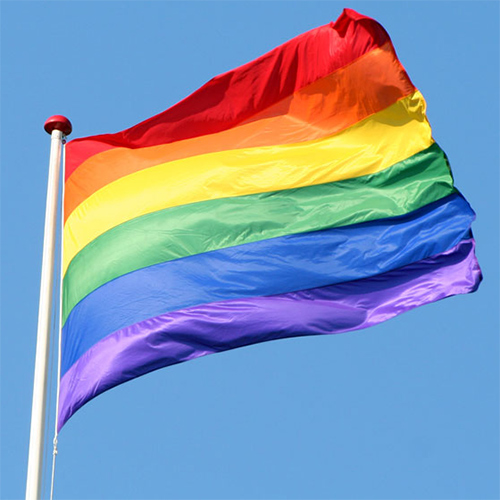A BRIEF LOOK AT THE HISTORY OF PRIDE

If you didn’t already know, Pride Month is here! It may look different this year, but it is still a time of celebration, coming together as one, and mourning those we have lost.
In the past, throughout the month of June I would attend pride parades. I got the opportunity to see people of all ethnicities, shapes, and sizes come together and celebrate in their own way, and just be happy as one, and honestly, it was beautiful.
I still remember my first pride parade and the experience was something I will never forget – but what is the history behind Pride? Because it wasn’t, and still isn’t, simply throwing a parade and, really, “flinging glitter” the way some may think.
The history behind it has meaning and paved the way for all this to become possible for generations to come.
It all began June 28, 1969, in New York City with the Stonewall uprising riots. At the time, police were frequently raiding gay bars and harrassing the queer community, as there were still many laws that banned homosexuality. In New York, Greenwich Village’s Stonewall Inn was among the most popular gay bars, even though it had been raided before – but on that particular day in June, the queer community fought back. They protested hard against another police raid for several days, not knowing that they would be making history, for themselves and for others.
You know how the saying goes, “Marsha P. Johnson threw the first brick?” Along with hearing the name Sylvia Rivera, noted for throwing the first bottle? Well, after some research I learned that they both had actually denied being the first to fight back against police officers.
Marsha clearly stated that by the time she arrived the riots had already started. Sylvia will, however, take credit for throwing not the first – as history tries to have it – but the second molotov cocktail.
But if we really truly wanted to say somebody had to have gotten the ball rolling on a movement that would forever change the course of history you can credit Stormé DeLarverie, a biracial butch lesbian and drag king. While being seized alongwith a few other Stonewall patrons she resisted arrest repeatedly before being struck in the head with a baton. She struck back at the police officer, shouting at bystanders in shorter terms to do something. This is seen as the “first
punch” that should be viewed as the inciting moment that would start a revolution; yet, in 2008 when asked why she didn’t come forward, she said it was because she never felt like it was anybody’s business.
One year later on the anniversary of the Stonewall riots, the very first pride parade took place, stretching from the Stonewall Inn to Central Park, the event quickly labeled in New York (and elsewhere, initially,) “Christopher Street Liberation Day,” as the bar stood on the city’s Christopher Street.
The next year, cities around the U.S. and even around the world would hold their own Pride marches, from Boston to London to West Berlin.
Pride is a way to not only celebrate but to also come together and take strength in how far we have come, from having no rights at all to living an authentic life, from having to hide to now being able to marry and raise families. It’s to celebrate not only ourselves but even more, the power of being able to love freely and love who you want without fear.
There is still so much more to overcome and so much farther to go, but together we know we have the strength to keep pushing forward.

Thank you for this wonderful article!